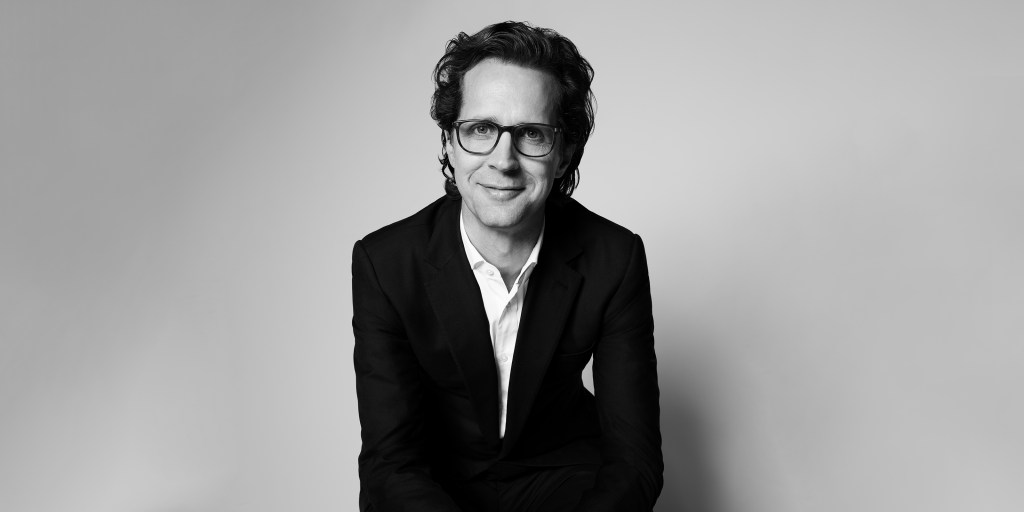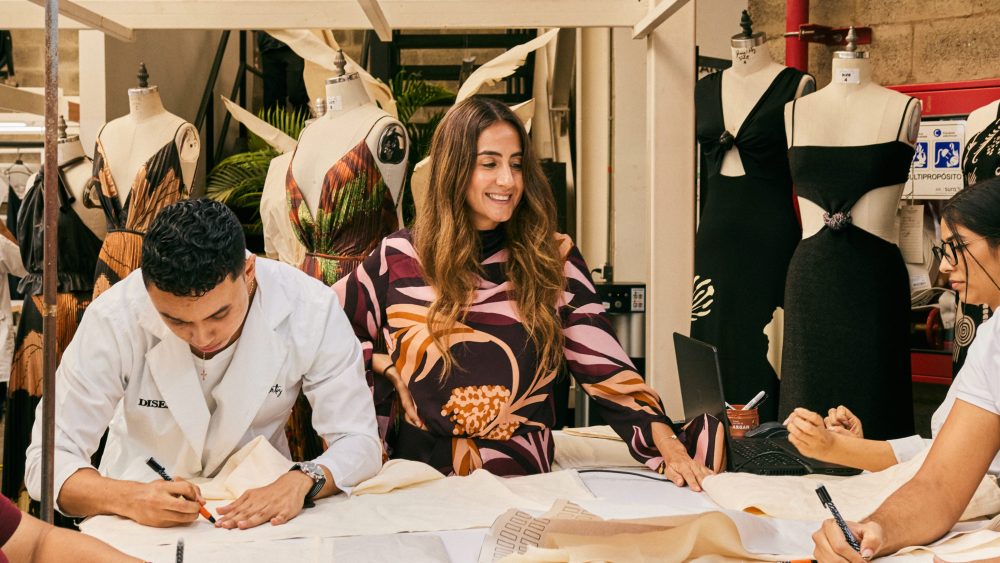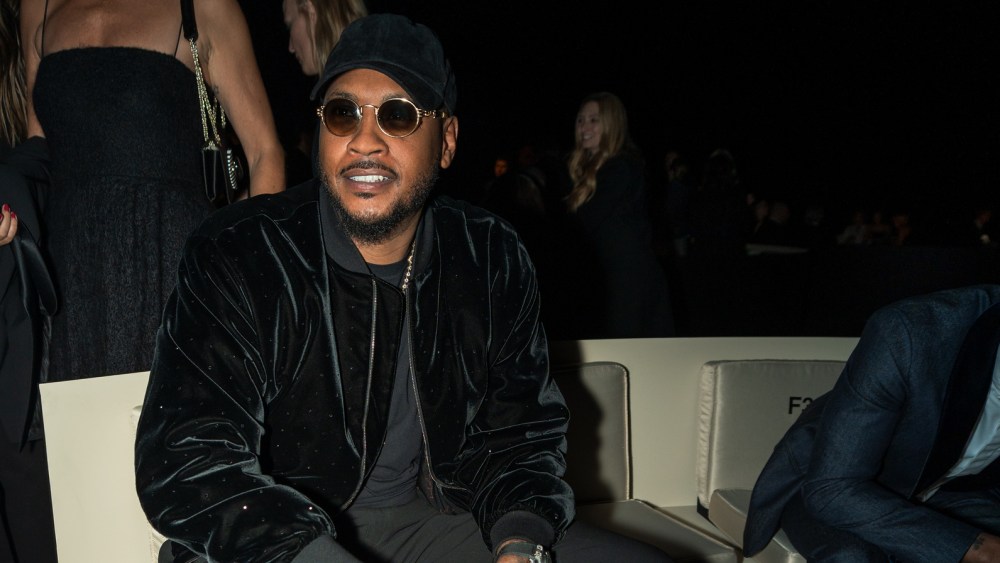PVH released its 2022 impact report Thursday, tracing milestones and ongoing sustainability goals.
Sustainability falls into the “Forward Fashion” strategy at PVH Corp. In the report, Stefan Larsson, PVH’s chief executive officer, said the strategy will play an “increasingly important” role as part of its PVH+ Plan and future vision. The aim is to build Calvin Klein and Tommy Hilfiger into the “most desirable lifestyle brands in the world” without forfeiting investor or consumer interest, which means sustainability has a central play. Fashion Forward encompasses time-bound targets toward net zero, supplier human rights advancements and diversity, equity and inclusion.
As WWD reported last September, The PVH Foundation made a $10 million commitment to the Apparel Impact Institute’s Fashion Climate Fund to help bolster suppliers’ transition to renewable electricity, improved energy efficiency, coal divestment and the like.
Other milestones from the past year include the launch of PVH’s first sustainable supply chain financing program (which awards better financing rates for supplier sustainability performance) and the signing of the Pakistan Accord, which is the companion agreement to the International Accord to which PVH is a founding member. PVH also simultaneously launched a five-year, $5 million partnership with the U.S. Agency for International Development to provide professional and life skills development programs to 100,000 women in Bangladesh. This is in line with a company goal to upskill half-a-million women by 2030.
The parent company also made strides on diversity, equity and inclusion by tying those leadership goals to performance and putting forth $1.4 million in funding aid for underrepresented fashion communities. One human rights goal without any reported progress, however, includes the commitment to advance living wages in 100 percent of its key suppliers in two primary production countries by 2025, and four by 2030.
PVH is perhaps one of few fashion companies quantifying its material risk from the climate crisis. In its report, the company detailed findings from its water risk assessment with the World Wildlife Fund. For the 1,871 supplier sites analyzed for water risk, the majority, or 73 percent, posed a “medium” basin risk with water scarcity the chief concern. As for emissions reduction targets, the company said it is reconfiguring its reporting standards to align with the Science Based Targets initiative’s more ambitious Net-Zero Standard. PVH reported 15,363 metric tons carbon dioxide equivalents for Scope 1 and 31,626 Mt CO2e for Scope 2 — or a 26 percent reduction from 2021 levels. PVH’s Scope 3 emissions continue to account for the majority of its footprint, or 97 percent of its GHG footprint for 2022. In 2022, its Scope 3 emissions were 1.6 million metric tons CO2e.
Circularity and material innovation is a continued testing ground as PVH looks to design all products to be circular by 2030. The Tommy Hilfiger brand launched a ThredUp-powered resale program called “Tommy Remixed.” As demonstrated at the Goodwill Gala earlier this year, the brand is also increasing access to its adaptive collection with expansion to five new markets.
For Calvin Klein, underwear is big business. Since 2021, the brand increased the percentage of more environmentally preferred materials from 2 to 16 percent in mainline styles. Calvin Klein also launched its “Jeans Reimagined” upcycled capsule.
Earlier this year, Rohit Burman, vice president of sustainability and DE&I at Calvin Klein Global and PVH, spoke at Harlem’s Fashion Row sustainability summit. He spoke to how the brand is redesigning its products with sustainability in mind. Calvin Klein saved 650,000 pounds of plastic in one year by removing plastic from Calvin Klein’s men’s underwear packaging in North American markets alone.
“We can often be our own worst enemy,” Burman said. “We become very technical very quickly…but sometimes it’s making [sustainability] simple.”



